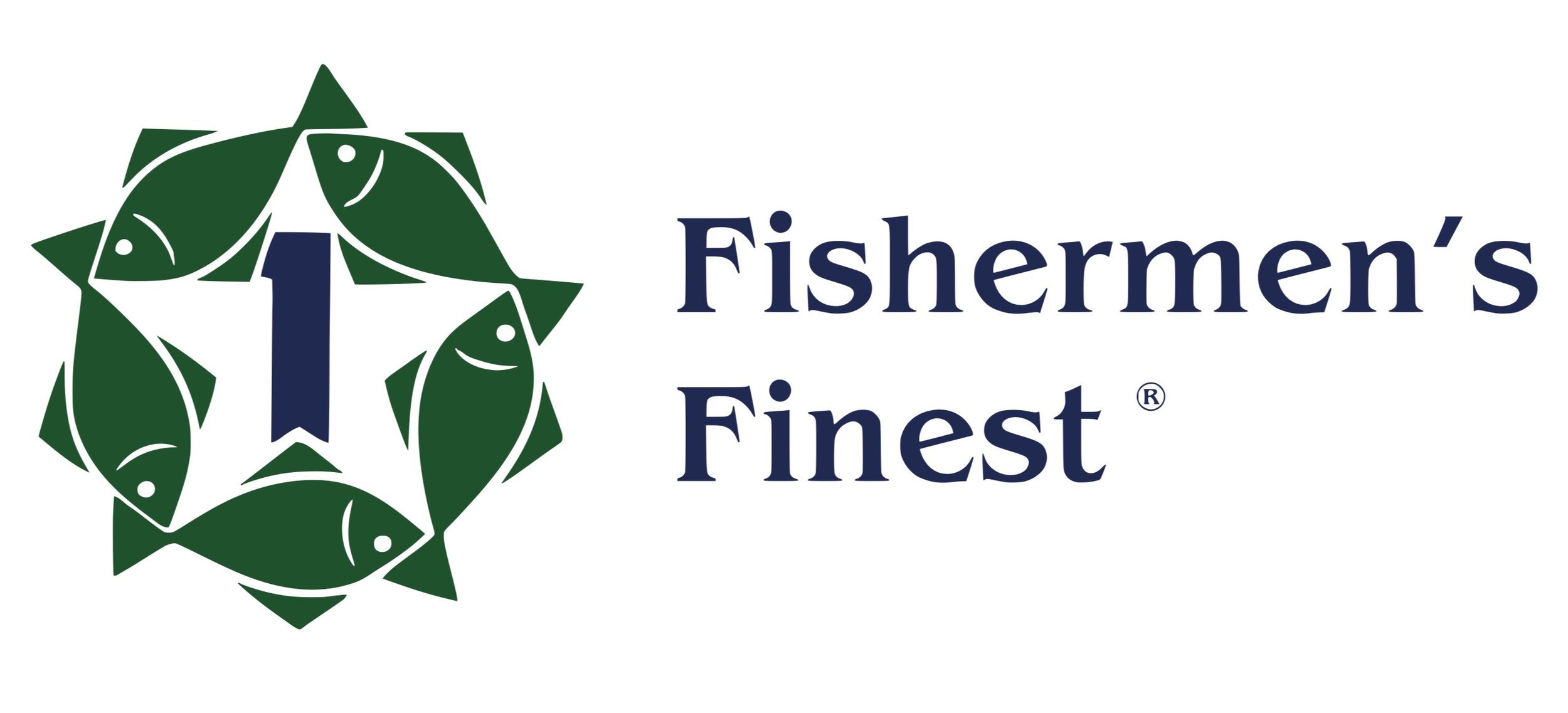Kineen & Long Recused
Two North Pacific Council Members Must Recuse Themselves on Halibut Bycatch Vote
SEAFOODNEWS.COM By Peggy Parker and John Sackton May 13, 2015

Two of the eleven voting members on the council were notified yesterday that they will need to recuse themselves, due to financial conflict of interest, on the halibut bycatch vote slated for the first week in June.
Siimon Kineen, Vice President & Quota & Acquisitions Manager for the Norton Sound Economic Development Corporation (NSEDC) and David Long, Captain and Fish Master for Glacier Fish Company, will be able to participate in all aspects of the Council’s deliberations relating to halibut bycatch, but must recuse themselves from voting. Both have the option to state for the record how they would have voted.
The notice came after a stepwise process investigating the action before the Council to determine which components of which fishery would be affected, then to cross-match financial investment as declared on the financial statements filed annually with the Council by each member with the threshold level of involvement of ten percent.
All seven of the industry members were investigated according to Lauren Smoker of NOAA’s General Council office in Juneau. The remaining four voting members are state representatives from Alaska, Washington, and Oregon, and the federal representative from NMFS. For each of the state and federal representatives, they may appoint — and often do — alternates to vote for them in cases of recusals or conflicting schedules. No alternates are provided for the governor-appointed industry members.
The Magnuson-Stevens Act states that “greater than ten percent interest” in the total harvest or sector of a fishery, the marketing or processing of the total harvest, or full or partial ownership of more than ten percent of the vessels using the same gear type within the fishery or sector of the fishery, would trigger a recusal.
A key factor in the investigation is how the council action, including all of its alternatives and options, is worded. In the case of halibut bycatch caps, the action’s preferred Alternative 2 includes options for all gear types and all species in the Bering Sea groundfish fishery.
That means that the harvest threshold is ten percent of the aggregate of all groundfish caught in the Bering Sea last year. That gives each council member the best chance of not tripping the recusal trigger, because ten percent of the aggregate is a much higher threshold than, for instance, ten percent of the flatfish fishery harvest would be.
For both Long and Kineen, according to their financial statements filed last January, their interests in total harvested quota, exceed that threshold. The investigation used 2014 landings data.
Read more about this issue, as gathered by FF: Agenda Item C-2 223rd Plenary NPFMC June/Sitka
